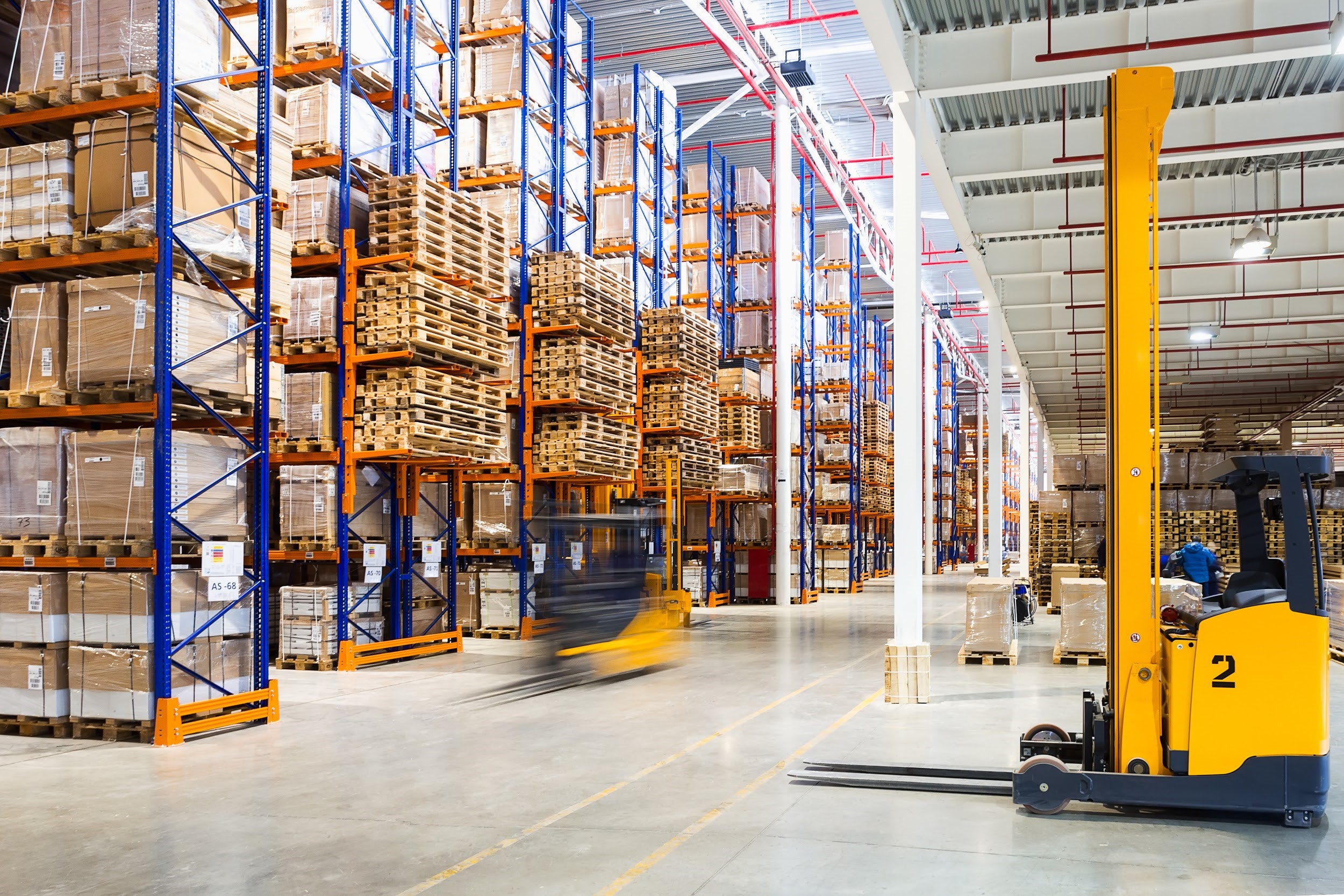
Does your warehouse look like a hurricane just went through it? If it’s disorganised, you’ve probably told yourself a hundred times that it’s time to tackle it – and then it unexpectedly falls off your already busy to-do list.
But there’s a good reason you should prioritise a revamp of your warehouse. Poor logistics can affect productivity and ultimately, the bottom line of your business. Though don’t be overwhelmed by the task ahead. You can get on top of things again. For others running a warehouse that is shipshape, there’s always room for improvement too.
In this article, we speak with Shaun Bryce of Melbourne Packaging Supplies, who shares some simple ways you can boost your warehouse’s productivity.
Rethink your warehouse layout
Your business, your systems, the size of your staff and your machinery – These are all factors in your warehouse that will have either changed or grown since you started. A shuffle can make all the difference, but one particular key detail will pay off.
Make sure all of your items are stocked logically. This could be in alphabetical order, by order number or by expiry date. If you’re unsure, pull your team together and get their feedback on a system that would make sense to them and make their work more streamlined.
One popular system that boosts efficiency is placing the most popular products where workers have the easiest access to them. So, if you decide you want to implement a vertical automated storage and retrieval system, ensure it can be organised simply and regularly. You want the most commonly ordered products closest to your team.
Get an upgrade
Tried and tested warehouse methods that you have found will more than likely work for you. Your staff knows how to work them and they get the job done. But like in all industries pallet wrapping machines have made rapid technological advances in the past decade.
A pallet wrapping machine is efficient and ensures a load is more secure and consistent. They also help reduce wastage. If you’re packing more than 15 loads a day, you’ll benefit in numerous ways by investing in a pallet wrapper. There’s a wide range of choice regarding thicknesses and widths, so you’ll find a match for your business application.
Be on the floor
Computers and smartphones have made communicating with our teams easier than ever. You can do so from anywhere, or even on the move. But nothing replaces constructive face time with your employees in the warehouse.
By increasing the management presence in the warehouse, you’ll build better communication, accountability and commitment. When a manager spends time in a warehouse, they can see where the inefficiencies lie. This could be with a particular member of staff’s performance or an inefficient system.
Crunch the numbers
Having a gut feeling for how the business is going won’t crack it. You want consistent data derived from tracking and monitoring your business’ progress so you can compare them to other industry norms.
The best way to get this done with ease is to rely on collection tools designed to track labour and benchmarking results. How will this pay off? Firstly, your team will know they are being measured and will, most likely, self-monitor their performance to ensure they get good results. It will also show you exactly where you need to work on your business processes to bring them up to scratch. You really can’t underestimate the value of data for improving warehouse productivity.
Automate where you can
Every business, no matter the industry it services, requires the management of multiple systems and processes that rely on each other. This can become an issue when there are various sales channels, or you operate multiple warehouses, for example. Inputting information manually is inefficient and leaves you wide open to human error that can cut into your bottom line.
If appropriate, automating any or all processes could be the answer you’re looking for. For example, an inventory control solution would sync with your online and in-store sales. It would also enable you to track orders as they come in and go out smoothly.
If you have no idea where to get started, or what your warehouse needs to change things up to make it more efficient, begin with an operations audit. There are so many areas you can make a massive improvement. Take a look at your space. Is your use of space and facilities optimal? Have you explored the most cost-effective utilities? Are your employees being managed effectively? What technology and equipment could make a difference?
These are just a few examples of questions you can ask yourself as a business owner right now. You may be surprised at the answers they generate. With the information you’ve created, you can take the next step and start to explore business solutions for each issue. It’s a good idea to take a close look at what investment is needed to make this happen and get your plan in motion.
Author Bio:
Phil Edwards is an Outreach Specialist for Melbourne Packaging Supplies. Their goal is ‘with quality comes reliability & safety’.
